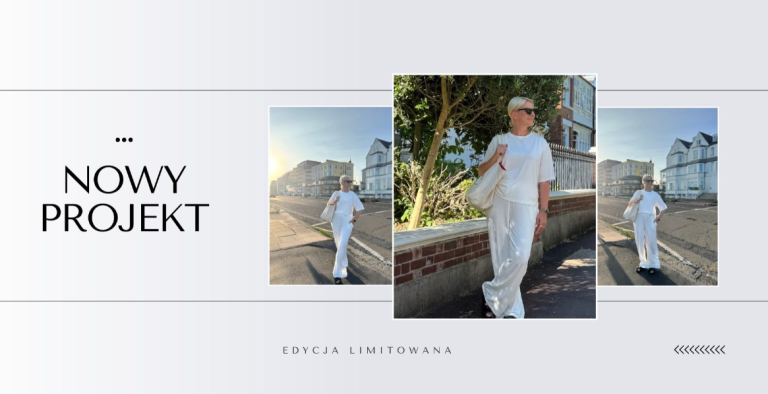
A few years ago, working with a personal stylist seemed like a luxury reserved for celebrities or fashion insiders. Today, artificial intelligence is quietly shifting that landscape. From e-commerce apps to virtual wardrobe assistants, AI-driven stylists are reshaping how people shop for clothes—making personal fashion advice more accessible, data-driven, and, in many cases, remarkably personalized.
While AI still can’t replicate the nuanced eye of an experienced fashion consultant, it’s getting better at reading our habits, identifying our preferences, and predicting what we might wear next. The result? A personal shopping experience that’s less overwhelming, more tailored, and increasingly integrated into the way we buy clothes.
A Digital Mirror That Knows Your Style
At the heart of AI styling is data—lots of it. Every time you click on a jacket, save a dress to your wishlist, or scroll past a certain pattern, you’re providing clues about your preferences. AI systems take in this information and start to build a profile: what colors you tend to like, what fits flatter your body type, what you buy versus what you just browse.
Over time, the system gets smarter. It learns that while you often look at neon colors, you rarely purchase them. It figures out that you gravitate toward certain cuts or shy away from others. In some cases, it even factors in the weather in your region or seasonal trends to suggest outfits you might actually wear, not just admire online.
Retailers like Stitch Fix, The Yes (now part of Pinterest), and Zalando have built entire platforms around this concept, offering clothing recommendations powered by algorithms that analyze your behavior rather than relying solely on human input.

Personalization at Scale
What makes AI stylists stand out is their ability to handle personalization on a massive scale. Traditional stylists work one-on-one, requiring time to understand a client’s taste and lifestyle. AI, by contrast, can analyze thousands of customer profiles simultaneously and adapt its suggestions in real time.
This has allowed brands to move from broad trend-based marketing to more granular, individualized experiences. Instead of pushing the same seasonal lookbook to everyone, a retailer might show one shopper minimalist monochrome styles while highlighting vibrant prints to another—all based on data the customer doesn’t even realize they’re sharing.
The efficiency also extends to inventory management. By knowing what customers are likely to want, retailers can reduce overstocking, avoid markdowns, and create smarter supply chains. It’s a shift that benefits both the customer and the business.
The Human Touch: Still Relevant?
Despite all the advancements, AI styling doesn’t eliminate the human element. In many services, human stylists still play a role—sometimes reviewing algorithm-generated recommendations, sometimes curating selections for specific clients with more complex preferences.
The goal isn’t to replace humans but to make their jobs more efficient. AI handles the heavy lifting of data analysis and pattern recognition, while humans focus on nuance, context, and creativity. It’s a collaboration that mirrors how other industries are using AI—not as a total substitute, but as a powerful assistant.
For example, a human stylist might know that a certain blouse doesn’t drape well on petite figures, even if the data suggests it’s a best-seller. That kind of judgment, rooted in experience, remains difficult for machines to replicate fully.

Dressing for More Than Just Looks
What people wear isn’t just about fashion—it’s about lifestyle, identity, and even emotion. AI stylists are beginning to factor that in. Some platforms now ask about your routines: Do you work in an office? Attend formal events? Go hiking on weekends? Others incorporate feedback on how confident or comfortable a garment made you feel.
With this input, AI can move beyond simple pattern-matching and begin to anticipate what you’ll feel good wearing. It’s a subtle but meaningful shift: instead of just pushing clothes that look “on trend,” AI is learning to recommend what feels right for the person wearing it.
In some cases, this goes further. Virtual try-on features allow users to see how garments might look on different body types. Inclusive sizing algorithms aim to provide better recommendations for people of all shapes and sizes—an area where traditional retail has often fallen short.
A Changing Relationship with Fashion
Perhaps the most intriguing part of AI styling is how it changes the way people relate to their wardrobes. Instead of impulse buys and trend-chasing, there’s a growing interest in more thoughtful purchases. Some apps even remind users of what they already own and suggest how to mix and match pieces, reducing unnecessary purchases.
This kind of wardrobe curation encourages a longer-term view of fashion—one that emphasizes building a cohesive personal style rather than constantly chasing the new. It’s not about replacing shopping altogether, but about making it smarter and more intentional.
This shift aligns with broader cultural movements toward conscious consumption and self-expression. People are increasingly aware of what they buy, how often they wear it, and what it says about them. AI stylists can help support those goals—if designed with care and transparency.

The Privacy Question
Of course, all this data-driven personalization comes with a trade-off: privacy. For AI stylists to function well, they need access to user behavior, shopping history, body measurements, and often location data. That raises questions about how this information is stored, shared, and used.
Some platforms are making efforts to clarify their data practices and give users control over what they share. But as with any AI system, there’s a fine line between helpful and intrusive. The success of AI styling will depend in part on whether companies can earn and keep their customers’ trust.
What’s Next?
Looking ahead, the role of AI stylists is likely to expand. As voice assistants, augmented reality, and wearable tech continue to evolve, your digital wardrobe assistant may one day coordinate outfits based on your schedule, mood, or even your social calendar.
Still, fashion is personal. It’s emotional. It’s cultural. And it’s often irrational in ways that defy algorithms. The best AI stylists will be those that understand that balance: offering helpful suggestions without taking over the joy of choice.
Whether you’re a style minimalist or a trend-hopping maximalist, the way you shop is changing. And thanks to AI, you might just find your next favorite outfit without ever setting foot in a store—or even scrolling through hundreds of items.






